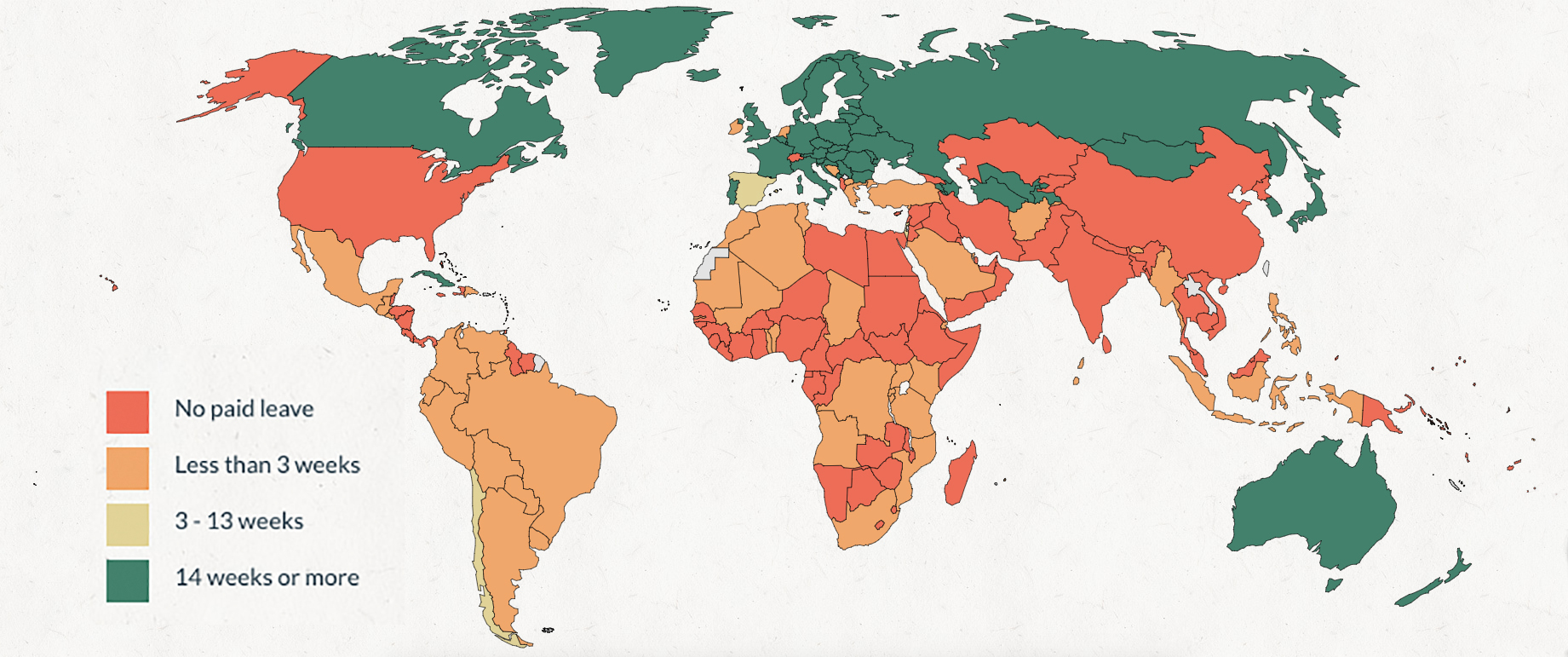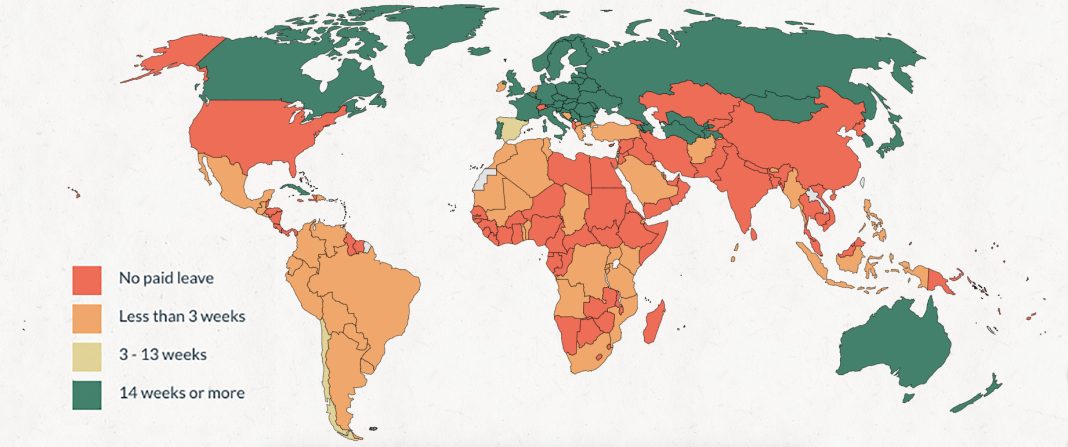 Expanding Investments in Paid Parental Leave and Early Childhood Education to Encourage Bigger Families
Expanding Investments in Paid Parental Leave and Early Childhood Education to Encourage Bigger Families
Introduction:
The Albanese government in Australia is taking steps to encourage larger families by expanding investments in paid parental leave and early childhood education. While acknowledging the declining birth rates in the country, the government aims to provide opportunities for Australians to have bigger families.
Declining Birth Rates and the Government’s Approach:
According to recent data from the Australian Institute of Family Studies, the age-specific fertility rate in 2021 was 1.7 births per woman, which is below replacement levels. Recognizing the importance of maintaining a healthy birth rate for Australia, the government wants to make it easier for people to choose to have more children. However, it is worth noting that the government does not intend to dictate individuals’ choices but hopes to create favorable conditions for those who want larger families.
Expanding Paid Parental Leave and Superannuation Guarantee:
To support this goal, the Albanese government plans to expand the paid parental leave program and pay superannuation guarantee on that scheme. Finance Minister Katy Gallagher and Mr. Chalmers clarified that bringing back the baby bonus is not on the table. Instead, they aim to improve the existing system and encourage more Australians to choose to have bigger families.
Costs and Timeline:
Implementing the superannuation guarantee on paid parental leave from July 2025 would incur a cost of $1.1 billion over four years, followed by an annual expenditure of $623.1 million. These investments reflect the government’s commitment to providing support for families who decide to have more children.
Support from Trade Unions and Educators:
The Australian Council of Trade Unions (ACTU) has expressed support for the government’s plan to fund superannuation for workers on paid parental leave, as well as wage increases for workers in aged care and early childhood education sectors. ACTU President Michele O’Neil highlighted that these investments are crucial for industries that have historically undervalued and predominantly employed women workers. Emphasizing the importance of quality care for both the elderly and young Australians, O’Neil commended the government’s efforts.
The Community Early Learning Australia (CELA) also welcomed the government’s announcement after months of negotiations. CELA CEO Michele Carnegie emphasized that this funding commitment would significantly impact the long day care sector, enabling small and community providers to attract qualified staff. This step towards valuing early educators and teachers is seen as a game changer for the industry.
Balancing Spending and Structural Budget:
While the government’s initiatives have received support, Shadow Treasurer Angus Taylor cautioned about the need for fiscal restraint. He emphasized the importance of following the budget balance rules established by former Treasurer Peter Costello in the 1990s. Taylor stressed that in light of households struggling and exercising budgetary restraint, the government should ensure a structural budget balance.
Conclusion:
The Albanese government’s push to encourage bigger families through expanded investments in paid parental leave and early childhood education demonstrates their commitment to addressing declining birth rates in Australia. By improving the existing system and providing support for families, the government aims to create an environment where individuals can make choices that align with their desires to have larger families. However, it is crucial to maintain fiscal restraint and structural budget balance to ensure long-term sustainability.


